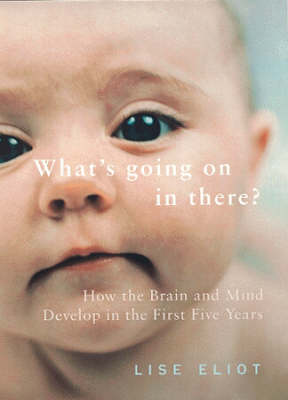Although the human brain has 100 billion nerve cells at birth, newborns are capable of little beyond the most vital functions like breathing and sucking. The infant's ability to see, hear, touch, smell and taste is primitive. Higher cognitive functions like attention, reasoning, language and conscious memory are absent. Scientific research proves that a baby's brain cells are only weakly connected. What firms up these connections are the experiences and stimulation the baby receives in the critical first five years. While every child is born with the capacity for higher thinking, how fully the brain and mind develops is determined in equal measure by genetics and by the richness of the environment surrounding the child. This is true of all environments, both rational and emotional - cuddling, touching, comforting, bouncing, hugging, smiling, soothing, talking and playing are as vital as mental stimulation. Every aspect of a child's evolving brain can be affected by the quality of the world to which he or she is exposed. "What's Going on in There?" demonstrates the innumerable ways in which parents can actually help children develop better brains.
Throughout this remarkable book, copious examples featuring real children help us to understand not only the science but also the reality of how and why infants' brains develop as they do. Most importantly, we discover how vital the experience that parents and carers provide is to the quality of that development.
- ISBN10 0713992913
- ISBN13 9780713992915
- Publish Date 30 March 2000 (first published 1 September 1999)
- Publish Status Out of Print
- Out of Print 7 August 2002
- Publish Country GB
- Publisher Penguin Books Ltd
- Imprint Allen Lane
- Format Hardcover
- Pages 544
- Language English
